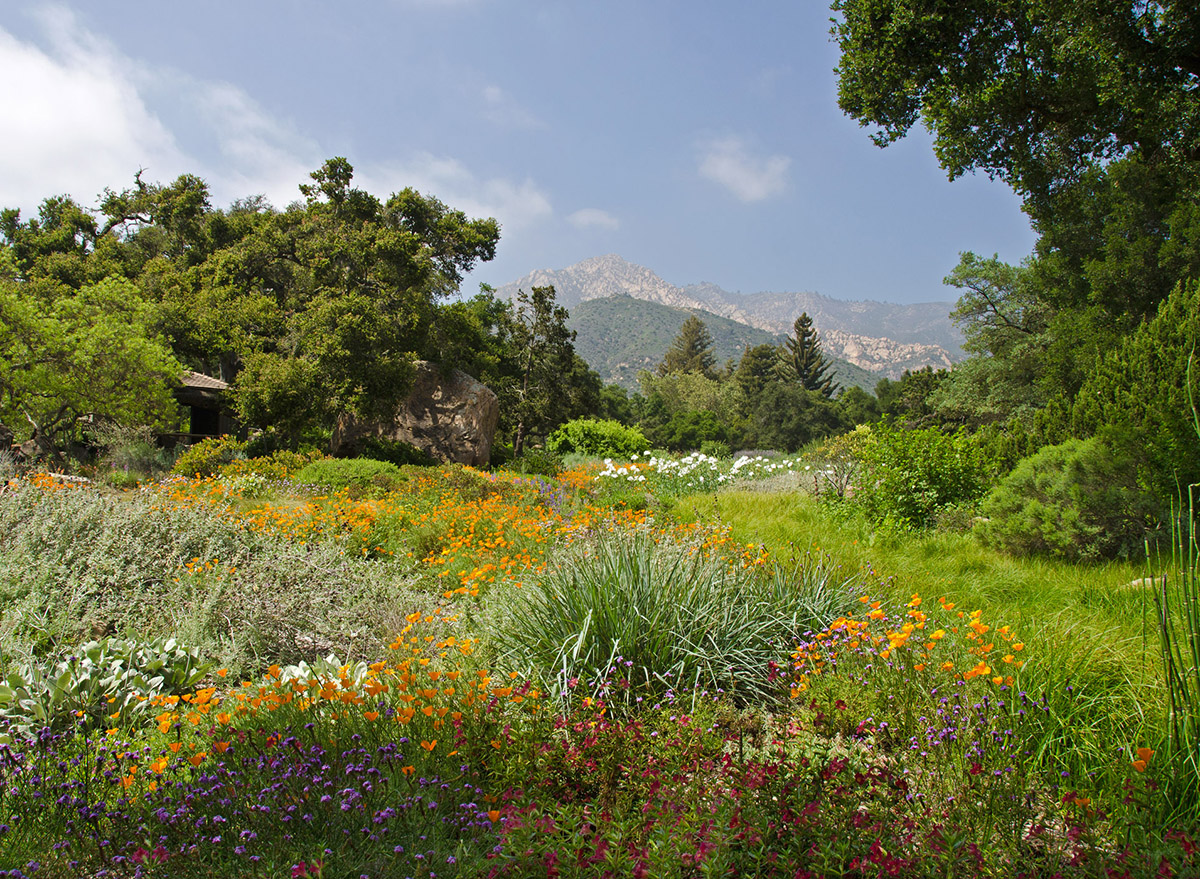Decoding Botanic garden Weather: A Guide for Gardeners and Visitors
Botanic gardens, havens of biodiversity and horticultural artistry, are microcosms of the natural world. Understanding the weather patterns within these carefully curated landscapes is crucial for both gardeners and visitors. From the delicate balance of temperature and humidity to the impact of rainfall and sunlight, weather plays a pivotal role in the health and vibrancy of a botanic garden. This article delves into the intricacies of botanic garden weather, exploring the factors that influence it and offering insights into how to best appreciate these green spaces in all seasons.
Microclimates: The Garden’s Hidden Weather Patterns
One of the most fascinating aspects of botanic garden weather is the presence of microclimates. These localized weather conditions differ from the surrounding regional climate and arise due to variations in topography, vegetation, and built structures within the garden itself.
Topography: Hills, valleys, and slopes create variations in sunlight exposure, wind patterns, and drainage. South-facing slopes, for example, tend to be warmer and drier than north-facing slopes. Low-lying areas may accumulate cooler, denser air, leading to frost pockets.
Measuring and Monitoring Botanic Garden Weather
Accurate weather data is essential for effective garden management. Botanic gardens often employ sophisticated weather stations to monitor a range of meteorological variables.
Temperature: Air temperature is a fundamental measurement, recorded using thermometers or electronic sensors. Maximum and minimum temperatures are particularly important for understanding the range of conditions experienced by plants.

The Impact of Weather on Plant Life
Weather exerts a profound influence on all aspects of plant life, from germination and growth to flowering and fruiting.
Temperature: Temperature affects the rate of biochemical reactions within plants. Each species has an optimal temperature range for growth, and temperatures outside this range can inhibit development or even cause death.
Adapting to Changing Weather Patterns
Climate change is altering weather patterns around the globe, and botanic gardens are at the forefront of observing and adapting to these changes.
Shifts in Temperature: Rising temperatures are affecting the distribution of plant species and altering the timing of phenological events, such as flowering and fruiting.
The Role of Botanic Gardens in Weather Research
Botanic gardens play a vital role in weather research, providing valuable data for understanding climate change and its impacts on plant life.
Long-Term Monitoring: Many botanic gardens have long-term weather records, providing a baseline for tracking changes in climate over time.
Visiting a Botanic Garden in Different Weather Conditions
Understanding the weather patterns within a botanic garden can enhance the visitor experience.
Spring: Spring is a time of renewal, with mild temperatures and abundant rainfall promoting new growth and vibrant blooms.
Conclusion: Embracing the Dynamic Nature of Botanic Garden Weather
Botanic garden weather is a dynamic and complex interplay of meteorological factors that shape the plant life and overall character of these unique spaces. By understanding the influences of microclimates, monitoring weather data, and recognizing the impacts of climate change, we can better appreciate the challenges and opportunities facing botanic gardens. Whether you’re a gardener, a researcher, or simply a visitor seeking a connection with nature, understanding botanic garden weather can deepen your appreciation for these living collections and the vital role they play in our world.

